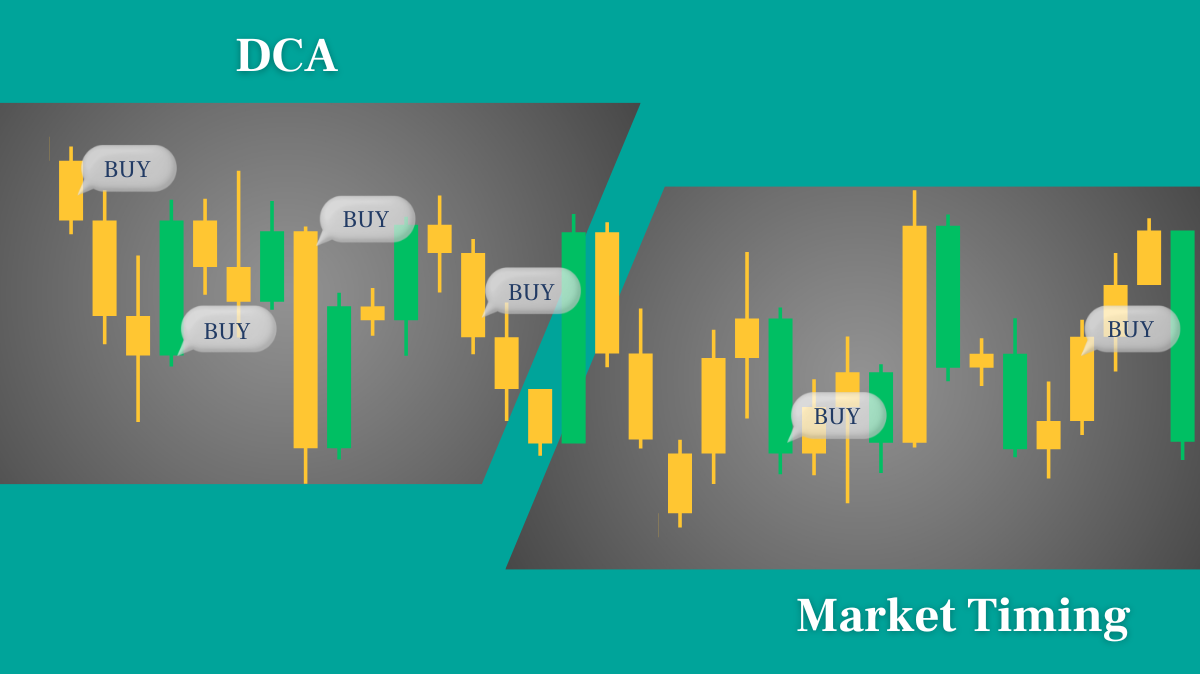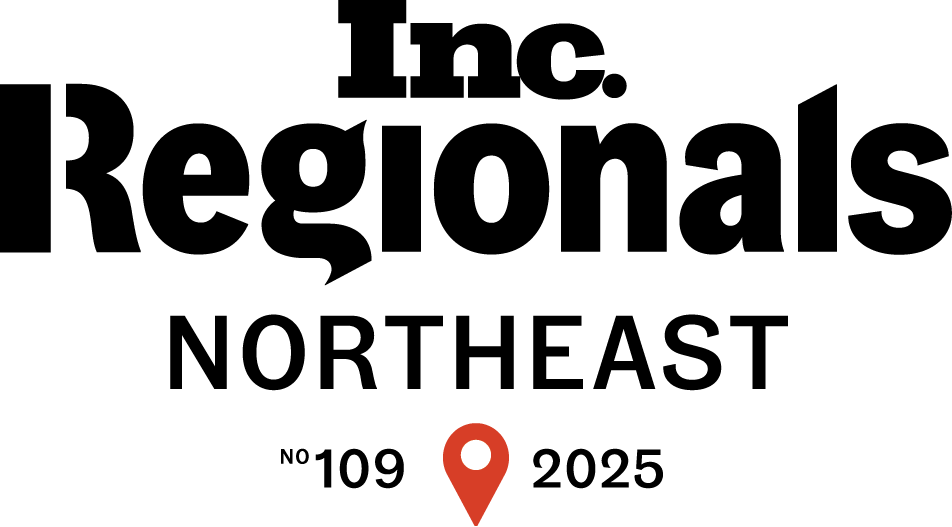Utilizing Dollar Cost Averaging in Energy Contracts: A Financial Strategy
Given that energy is a traded commodity, it is common practice to employ tools and techniques from the financial markets. To predict emerging trends in energy procurement, it is prudent to adopt financial strategies. Often, new methodologies in energy procurement reflect established practices. With this perspective in mind, we can examine how most energy purchasers approach their subsequent contracts.
Decision-makers typically satisfy their portfolio requirements through a single comprehensive transaction. Depending on market conditions, this strategy can entail considerable risk with limited reward.
What is Dollar Cost Averaging?
Dollar Cost Averaging (DCA) involves investing fixed sums of money at regular intervals over a certain period, regardless of the price. Leveraging this type of financial purchasing strategy for energy procurement can help lower your overall average cost and reduce the impact of volatility on your energy portfolio.

In the context of energy procurement, DCA can help businesses with large energy loads to spread out financial risk by buying electricity and natural gas over time.
Today, few energy suppliers support a dollar cost averaging strategy. However, the market is gradually changing as this method gains in popularity. With feedback from advisors and clients, more suppliers are beginning to offer such opportunities.
Market volatility can create uncertainty for your next energy agreement, especially in moderate conditions. Like the stock market, energy markets are dynamic and continually evolving. Nonetheless, clients often approach commodity contracts with an all-or-nothing mindset. Utilizing a dollar cost averaging strategy within your portfolio can mitigate market fluctuation exposure.
Who Benefits from a DCA Strategy?
Dollar cost averaging is not suitable for all purchasers. If energy costs do not constitute a sizable portion of your business’s budget or focus, engaging in a strategy that requires active management may be counterproductive. Moreover, time is a crucial factor. Dollar cost averaging is only effective if there is a sufficiently long-time horizon to capitalize on material price movements. Purchasers who wait until their contracts expire before addressing subsequent needs are not ideal candidates for this approach. Conversely, purchasers who review forward markets well ahead of their contract needs are better suited for embracing this strategy.
Freedom Energy recommends an 18-month runway prior to energy flow to maximize your opportunity on a DCA strategy. Accommodation can be made for those with more immediate start dates, but there may be other more suitable strategies to review.
Risk Mitigation for Retail Energy Procurement
Dollar cost averaging is an excellent tool for risk mitigation in uncertain markets. Risk mitigation is, after all, the primary objective of retail energy procurement. Clients purchase insurance contracts to shield themselves from the volatility of raw energy costs in the spot market. Therefore, adopting a strategy that further enables risk mitigation is logical. One could argue that the typical procurement strategy of securing a single comprehensive transaction on one day is the opposite of prudent, and in fact, the riskiest strategy for a client. Hedging many years of forward commodity on one day requires an immense certainty that that day is going to be the lowest to procure. Buying, or “investing,” at different points in the market supports a healthy risk mitigation strategy that can help you achieve greater budget stability and rate reduction.
A Practical Example
Recently, I spoke with a large industrial client with two years remaining on her current power contract. For years we have discussed leveraging available time for forward buys to mitigate price risk through DCA. Although we had yet to implement this strategy, previous lump-sum buys have been valuable. Our last long-term, lump-sum purchase occurred in 2021 during COVID-19. Despite the economic uncertainty of 2020, 2021 presented an opportunity for portfolio managers. Prices were still low, and the economic uncertainty surrounding COVID had diminished. It was apparent that prices locked in 2021 would be attractive over a four to five-year period.
Fast forward to 2025. The future of the markets is far less predictable. When I suggested that this was an opportune time for her to implement a dollar cost averaging strategy, my client expressed uncertainty. As our discussion progressed, she mentioned that she already utilizes a DCA approach for her financial portfolio, which led to a realization for both of us. This concept is neither foreign nor new; it is simply unfamiliar in the context of energy procurement. With this new perspective, I found a relatable way to introduce and share my next topic for Freedom Energy’s newsletter.
Consequently, my client adopted a traditional strategy in a new market, executing a 25% purchase nearly two years before her current contract’s expiration.
Meet the Writers

Bart Fromuth
Freedom Energy Logistics
Chief Executive Officer
Bart Fromuth, Chief Executive Officer of Freedom Energy Logistics, brings over a decade of expertise in the energy sector, blending his legal background as an Energy Attorney with strategic leadership. Since joining in 2008, Bart has driven client-focused solutions, strengthened supplier contracts, and shaped key energy policies in New England, including Community Choice Aggregation (CCA) and net metering. Recognized with a Business Excellence award in 2019 and named to the 2024 New Hampshire 200 list, Bart’s leadership extends to public service, having served in the New Hampshire House of Representatives and on boards advancing clean energy and education. His efforts continue to champion innovation, sustainability, and economic growth in the region. Read Bart’s Full Bio.

Carol Anne Watts
Freedom Energy Logistics
Vice President of Sales
Carol Anne Watts has over 15 years of experience in the energy industry, shaping energy sales since 2006. As the VP of Sales, she leads the sales team, drives targeted strategies, and excels in client relationship management. Click here to read Carol Anne’s full bio.







Connect With Us